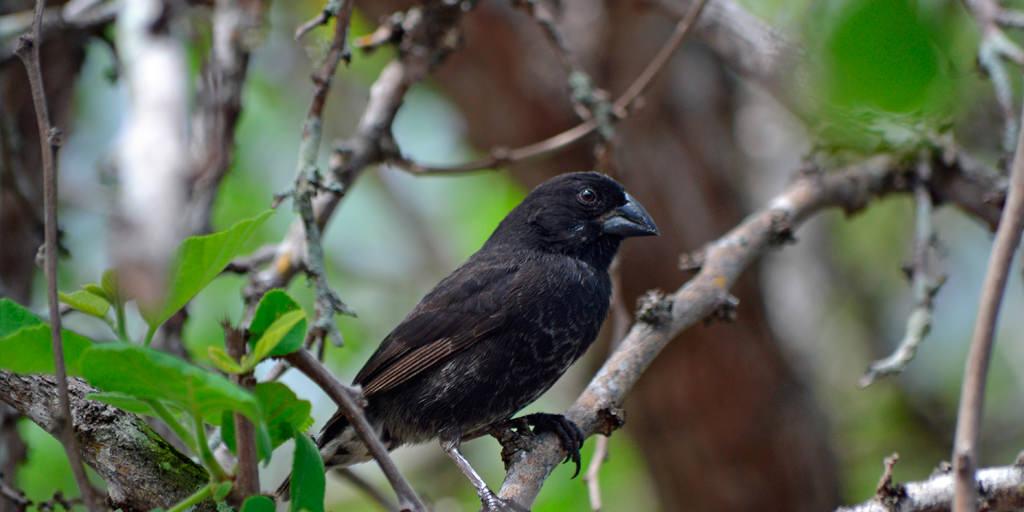The Galapagos Islands, located about 1000km away from the mainland Ecuador, is known for the rare species of animals and birds that are found here. This group of islands is also known for the natural beauty and the presence of these rare species that make things so attractive and worth experiencing.
Have you heard of how the islands have inspired the famous scientist Charles Darwin to put forth his Theory of Evolution?
This group of islands holds the best example of evolution of various species. With many species that are found only over these islands and many others that are yet to be discovered, the islands can be considered to be a place that is home to all the natural treasure of the earth.
The Galapagos Islands are famous for every unique species that is found over them. Every tiny being or a giant animal or bird present on these islands has some features that have been adopted according to the habitat they live in. One such bird is the Galapagos Finches that have been found across many islands here. These Finches are also known as the Darwin’s Finches as they are considered to be one of the species that inspired the scientist Charles Darwin.
We all know that it is the wind that plays the role of transferring seeds and flowers around the place that gives rise to a new tree. Similarly, it is said that it was this wind that was responsible to take these finches to these far off islands. They later got dispersed to settle on different islands in the Galapagos. The Darwin’s finches found on each island differ from the others by their size and the kind of beak that they possess. There are about 13 species of this bird already present on the islands.
The difference between each of these species can be seen as an example of how nature helped the bird adapt to the conditions around it. Although this bird is named after Charles Darwin, it is nowhere mentioned that this bird was solely responsible for him to state the theory. But, with the change in its features and size, this can be considered to be the best example of evolution.
The Finches that were found on islands where they lived on insects, had thin and sharp beaks that let them pick their prey and eat with ease.
Whereas the ones that were found on islands where there were nuts, had large and sturdy beaks that made them able to break open the nuts and eat them with ease.
A recent study performed by Jones. M and G. Jones observed a slight change in the way the birds responded to the drought that occurred between the years 1977 and 1982. It was found that the finches that were born between these years had larger beaks to help them deal with the drought conditions. Later, in the year 1982, when the droughts were over, the birds were found to have smaller beaks. This is the best example of nature’s selection.
The other important facts about the Darwin’s Finches are:
1. These are the smallest birds found on earth and belong to the largest bird family.
2. These are small sparrow like birds that are considered to be songbirds that can be seen for entertainment.
3. The isolated nature of the islands is responsible for the distribution of the finches and the variation in their features to adapt to the environment they are living in.
4. It was only in the year 1947 that the finches over the Galapagos Islands were first called the Darwin’s Finches.
Isn’t it wonderful to know that you will find different species of the same bird on the Galapagos Islands? It is the best example that shows how nature selects the features of the species that will help them survive in the toughest conditions that might be found there. If you have thought of going on a Galapagos Island Tour, you can take a chance to view this beautiful bird found in many places over the Galapagos islands.
Nature Galapagos and Ecuador is tour operator that ensures that every tourist who takes up the special Galapagos Island holiday package gets an opportunity to see the Darwin’s Finch Galapagos Islands that is commonly seen here and also identify the different features found in the species. There are many more such animals and birds found on these islands that have rare features which may not be found in animals anywhere else in the world.



Comments